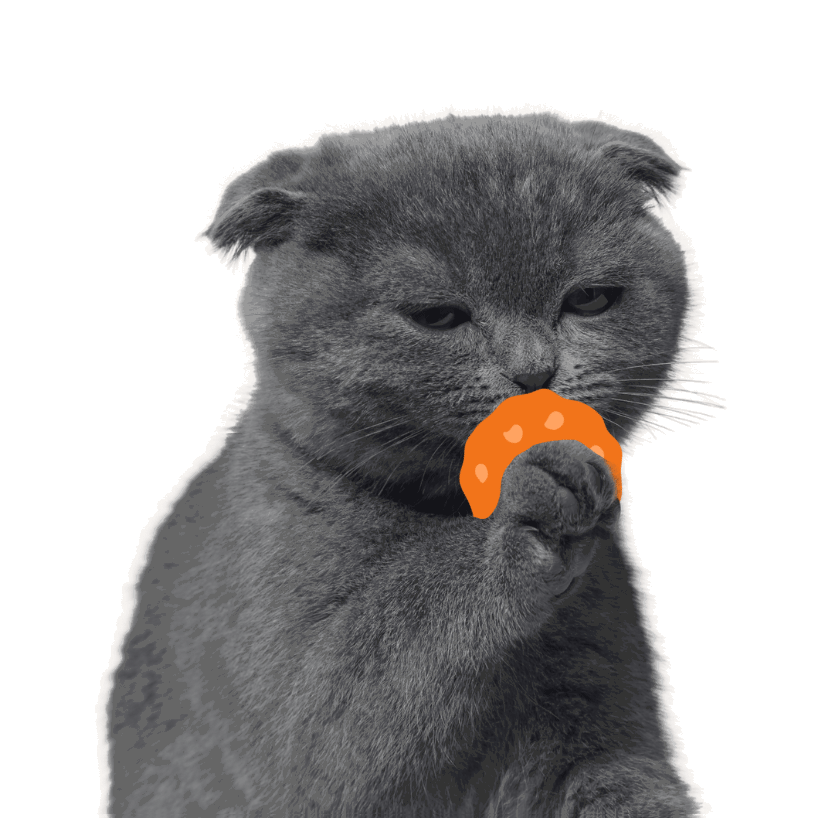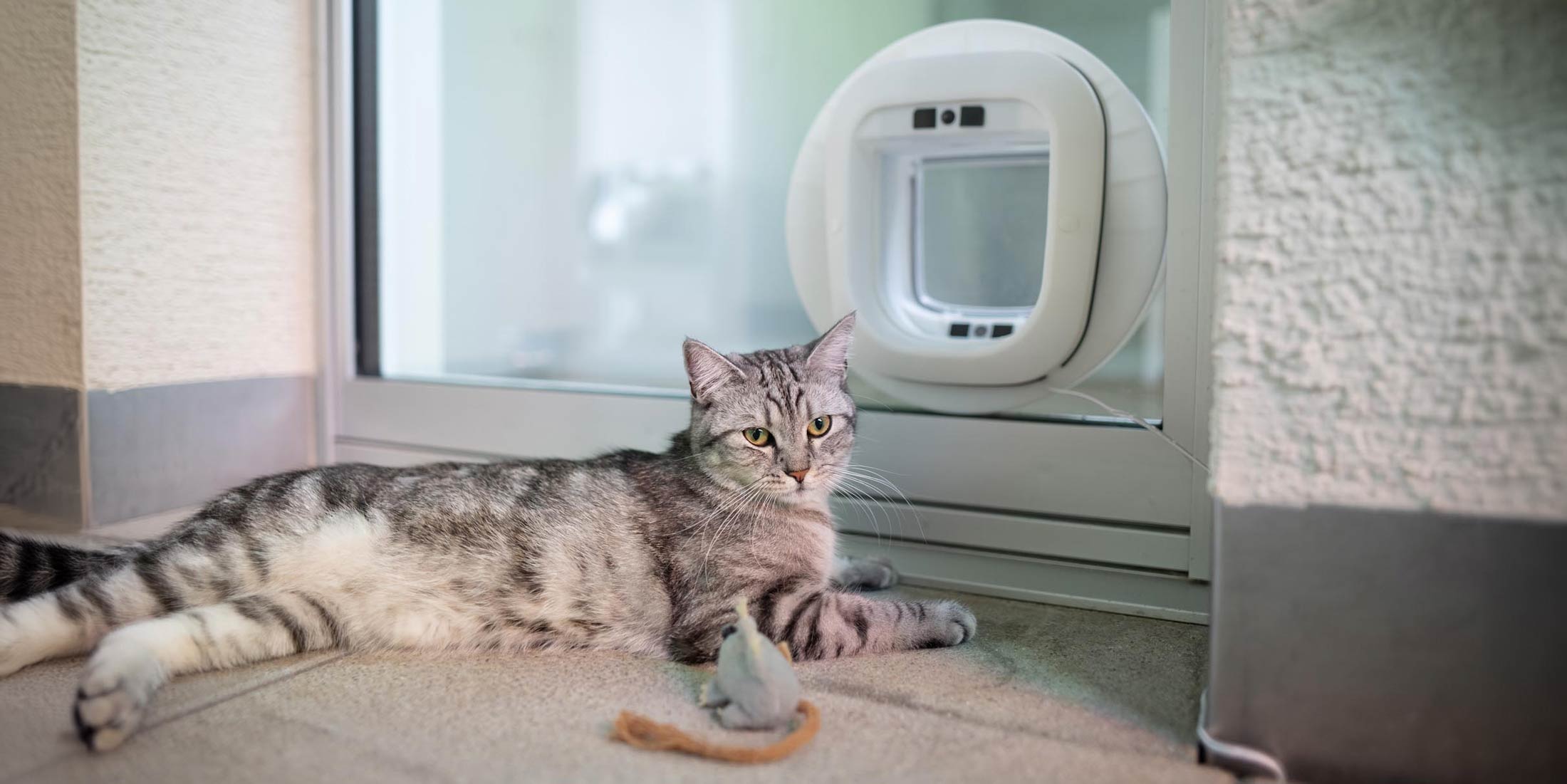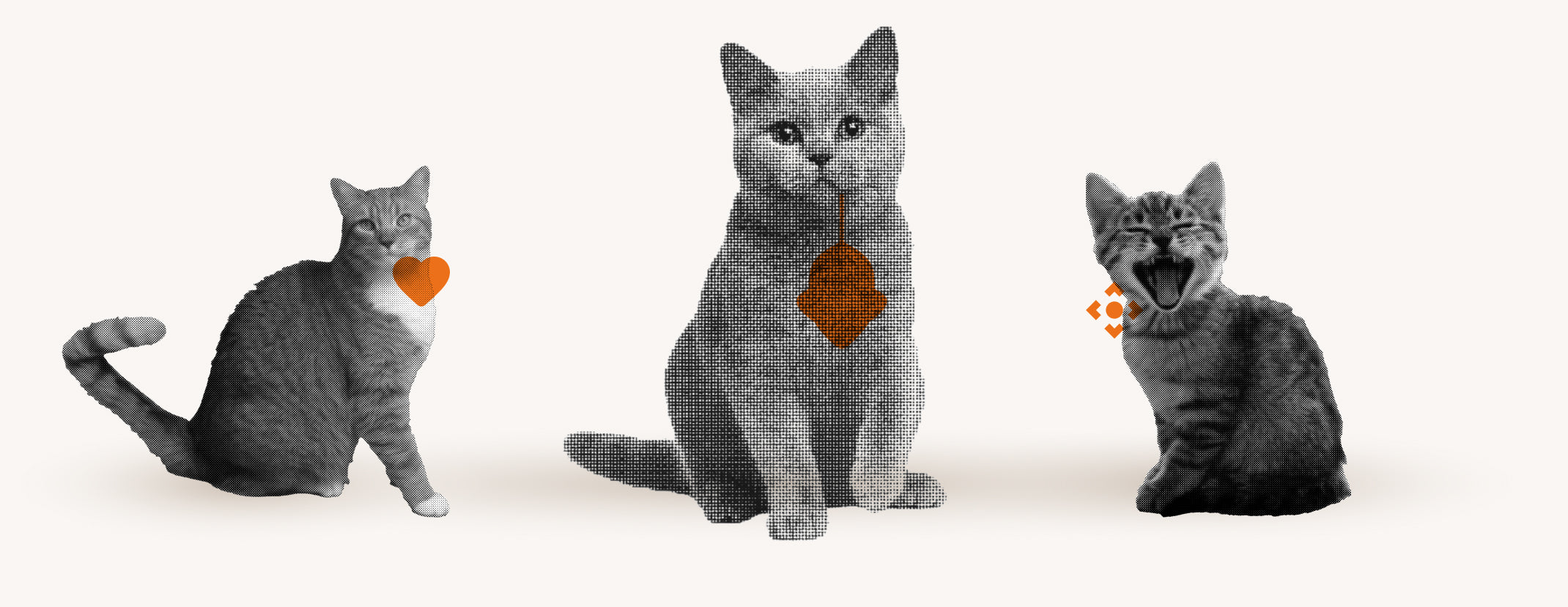Have you ever wondered what your cat is trying to tell you when it just lies there and looks at you?
It can be a real challenge to correctly interpret the subtle signs in your cat's body language.
A relaxed cat often shows this through an extended position, half-closed eyes and relaxed ears, while tension or fear is recognizable by a curled-up posture and flat ears.
This article will show you how to interpret your cat's different lying positions to better understand what she feels and needs.
Cats' sleeping positions and their meanings

Cats spend a large part of their day sleeping or dozing, and the position they assume can reveal a lot about their well-being. While some sleeping positions may seem unusual or uncomfortable at first glance, they often have a deeper meaning. For example, a cat that curls up tightly might be doing so to keep warm or feel safe, while a cat lying relaxed on its back demonstrates a high degree of trust and security in its environment.
Interpreting your cat's sleeping positions can help you better understand their well-being. It's important to know the most common sleeping positions and their meanings:
- Huddled up : The cat may feel insecure or cold.
- On the back : Shows confidence and well-being.
- Lying stretched out on the stomach : Can indicate relaxation or a willingness to get up quickly if necessary.
By understanding these positions and the associated behaviors, you can better meet your cat's needs and ensure that she feels comfortable and safe in her home.
Signs of relaxation in cats lying down

A relaxed cat often shows this through specific signs in its sleeping position. When a cat lies on its side with slightly bent legs, this is a sign that it feels comfortable and secure. In this position, the cat is not fully exposed but still retains control and can relax. This is especially important in multi-cat households, where hierarchy can play a role.
Recognizing signs of restlessness in cats that are lying down
Recognizing signs of restlessness in a lying cat is crucial to understanding whether she is uncomfortable. Cats experiencing restlessness often exhibit the following characteristics:
- Wide open eyes : The cat is not blinking, and the pupils are dilated.
- Restless ears : The ears move independently of each other or are laid flat against the head.
- Tense posture : The body may be tense, and the cat could be ready to jump up at any moment.
These signs may indicate that the cat is stressed or in a threatening situation.
Understanding anxiety in cats based on their lying position
Recognizing anxiety in a lying cat can be done by observing specific body postures. An anxious cat often assumes a hunched position, with its tail held close to its body and its ears folded downwards. Its eyes may be wide open with dilated pupils. Such signs should not be ignored, as they indicate that the cat feels threatened or sees no way to escape. In such cases, it is important to understand the cause of the anxiety and take appropriate measures to calm the cat.
Happy cats: Identifying characteristics when lying down

If you see a happy cat lying relaxed, there are some clear signs you can observe. A happy cat often displays open and relaxed body language. Its ears are pricked forward, its whiskers are relaxed, and its tail is held calmly, sometimes with a gentle swish in the air. These are all signs that indicate it feels safe and content in its surroundings. Purring is also a common characteristic; although it can have other causes, in this context it is usually a sign of well-being.
Another noticeable characteristic of a happy cat is its willingness to lie on its back and expose its belly. This is a sign of great trust, as the belly is a very vulnerable area. When your cat assumes this position, it's showing that it feels completely safe and secure. Pay attention to these subtle cues in your cat's body language to better understand how it feels and to ensure its happiness.
Curious cats: Behaviors while lying down

Curiosity is a natural behavior in cats, and when they are lying down, this curiosity can manifest in various ways. A curious cat lying down might be attentively observing its surroundings. Its eyes are wide open, the pupils slightly constricted, and its ears and whiskers are pointing forward. Its body may be slightly tense, ready to react quickly if necessary. This body language shows that despite its relaxed position, your cat is very alert and has a keen eye for everything around it.
Signs of clinginess in lying cats
Recognizing affection in a lying cat can be very heartwarming. If your cat tries to lie near you, perhaps even on you or next to you, this is a strong sign of affection and trust. She might also try to initiate contact by reaching out her paw or resting her head against you. Such gestures are not only cute but also clear indications that your cat feels comfortable and has a close bond with you.
Recognizing aggressive behavior in cats when lying down
Aggressive behavior in cats that are lying down can easily be overlooked, as many assume a reclining cat is relaxed. However, even while lying down, cats can display clear signs of aggression. These signs include raised fur, especially along the back and tail, as well as a deep growl or hiss. The eyes are often wide open with dilated pupils, indicating heightened alertness and a potential readiness to attack. These signals are important indicators that the cat feels threatened or is in a defensive posture.
An aggressive cat's posture while lying down can also reveal its mood. Often, its body is tense, and its claws are extended, ready to scratch or strike if necessary. The tail is usually stiff or whipping back and forth, further indicating inner restlessness and aggression. It's important to recognize these signs early in order to react appropriately and prevent escalation. By understanding your cat's body language, you can better meet its needs and create a safe environment for everyone.
Frustration in cats: Signals while lying down
Frustration in a lying cat can be indicated by various body postures and behaviors. Typical signs include staring intently at a particular point or object, wide-open eyes, and a tense posture. The ears are often pricked forward, and the whiskers may also be raised. Another sign is restless pacing, even while lying down. These signals indicate that the cat wants something specific or is uncomfortable in its current situation.
Relief in cats: Identifying signs when lying down
When a cat experiences relief while lying down, this is often expressed through a relaxed posture. Signs include a visible decrease in muscle tension, relaxed eyes and ears, and a generally calmer and more peaceful demeanor. The whiskers stand loosely to the sides, and the tail lies relaxed without twitching or swishing. Such moments of relaxation are important for the cat's well-being and a good indication that there is no immediate threat or discomfort.
How Flappie can help you understand cat body language
Flappie 's smart cat flap is more than just a door for your cat; it's a window into your cat's world, helping you better understand their behavior and needs. Thanks to the camera and AI technology integrated into Flappie's cat flap, you can observe your cat's behavior as they try to bring home their prey. The app sends you videos and photos that you can use to see how your cat behaves before entering the house. This gives you valuable insights into their body language and well-being in various situations.
- Observe how your cat approaches : Is she relaxed or tense?
- Understand the body language : Are the ears forward or flat? Is the tail still or whipping?
- Respond appropriately : Use this information to better support your cat and minimize stressors in its environment.
The Flappie app expands on these possibilities by allowing you not only to monitor your cat's behavior in real time, but also to record historical data and patterns. You can see when your cat is most active or when it spends most of its time relaxing. This data helps you develop a deep understanding of your cat's needs and habits. With Flappie , you can ensure your cat lives a healthy and happy life by correctly interpreting its body language and responding accordingly. Flappie provides you with the tools to build a stronger bond with your cat and promote its well-being .
Frequently Asked Questions
What do the lying positions of cats mean?
A cat's lying position can reveal a lot about its well-being. A hunched-up position could signal insecurity or coldness, while lying on its back indicates trust and comfort. A stretched-out position on its stomach can signify relaxation or indicate that the cat is ready to get up quickly if necessary.
How do cats sleep when they are feeling well?
When cats are healthy, they often sleep in an open and relaxed posture. Lying on their back with their belly exposed is a sign of great trust and indicates that the cat feels safe and comfortable. This is a clear indication of well-being.
How do cats lie when they feel comfortable?
Cats that feel comfortable often lie relaxed and display open body language. Their ears are pricked forward, their whiskers are relaxed, and their tail lies still, sometimes with a gentle sweep. Positions such as lying on their back and presenting their belly are signs of great trust and well-being.
How does a content cat sleep?
A content cat often sleeps in a relaxed position, such as lying on its back with a gentle swish of its tail and relaxed whiskers. This open posture indicates that the cat feels safe and secure. Purring is also a common characteristic, usually a sign of well-being in this context.





Share:
Cat Language Translator: An Insight
Cat litter box training - tips.